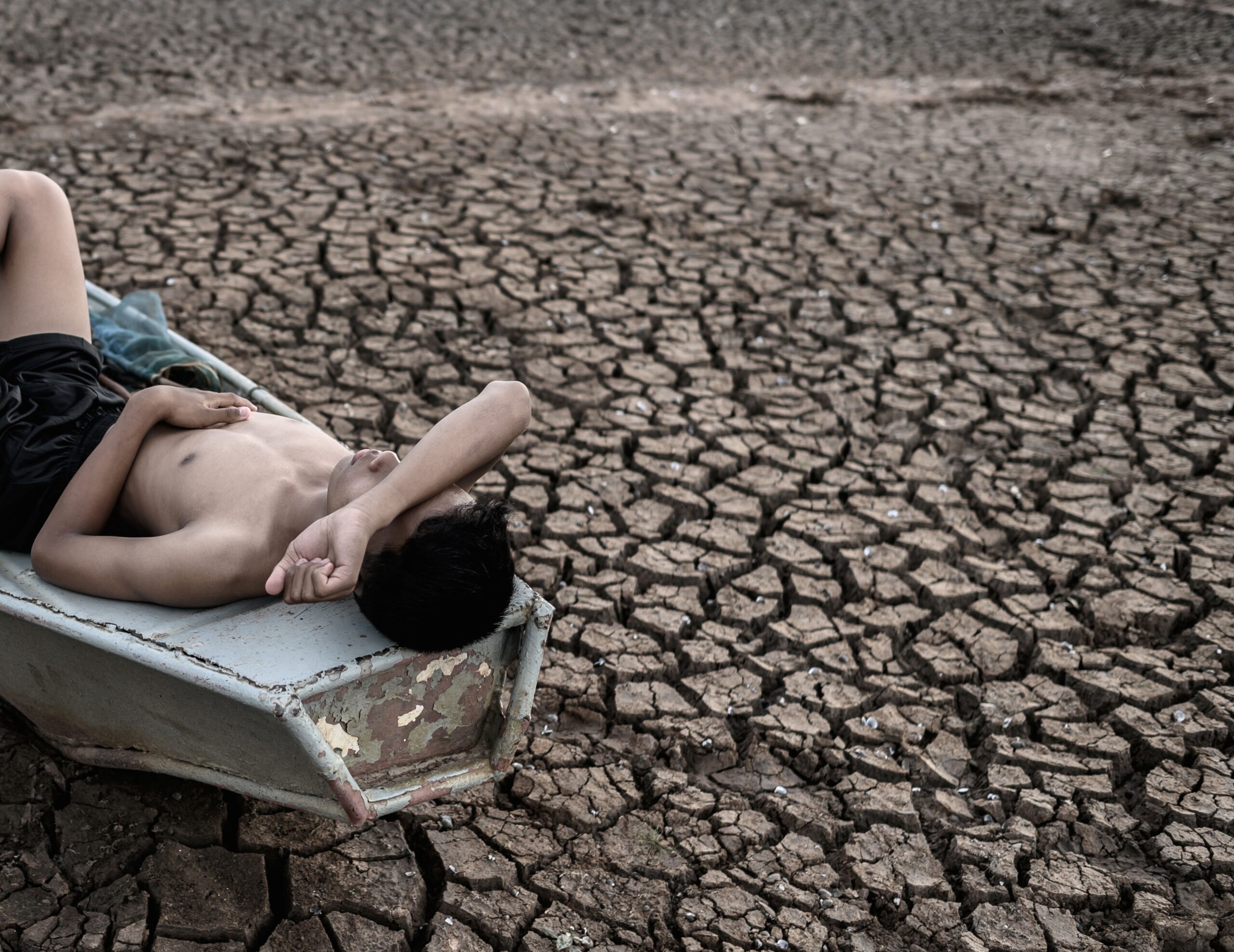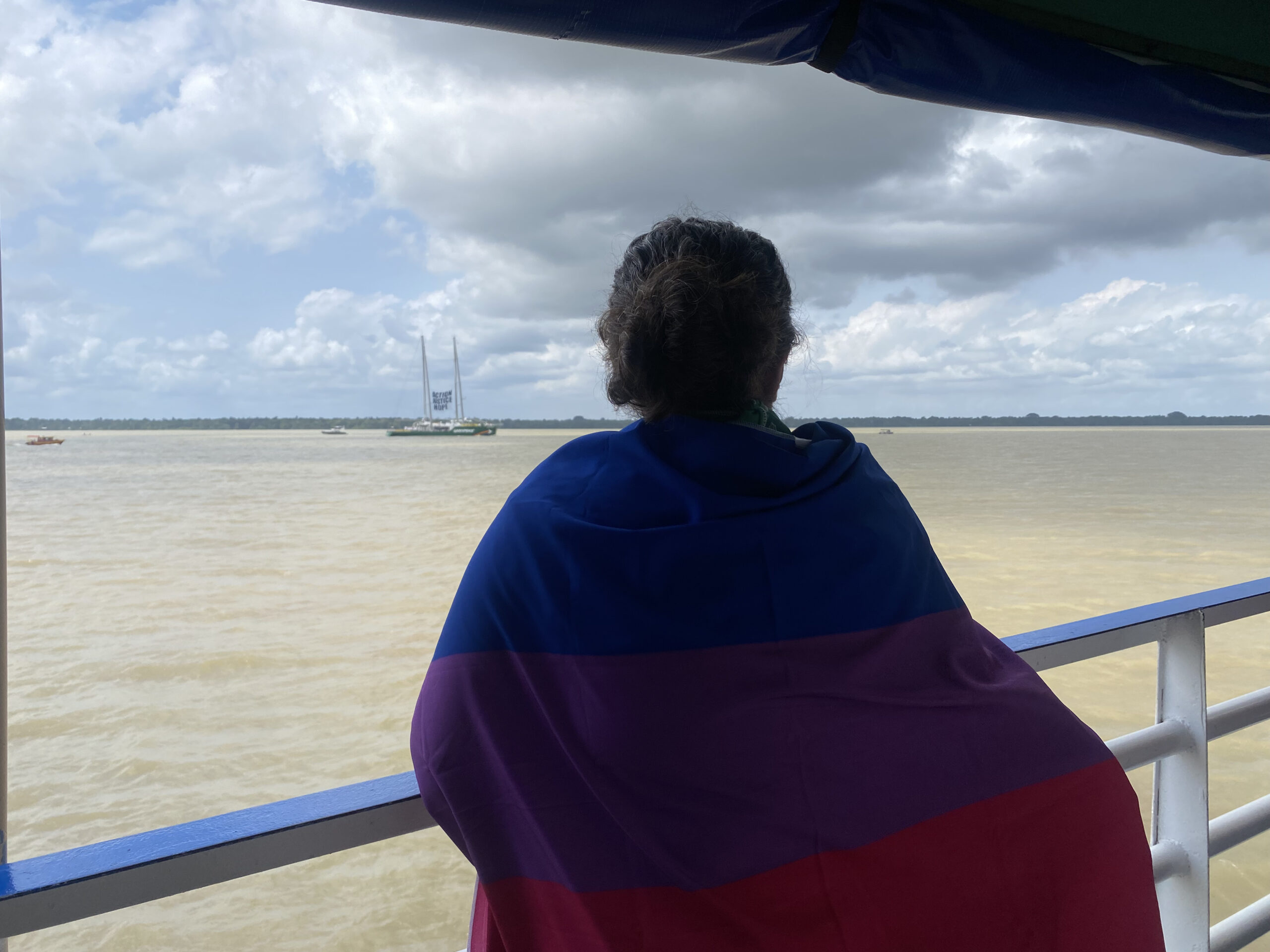
5 myths and facts about climate change
Com mentiras, negacionistas tentam tirar a responsabilidade humana sobre crise climática
Duda Oliveira, for NINJA Coverage at COP26
Just before the beginning of the United Nations Climate Change Conference (COP-26), the newspaper Folha de São Paulo published an article demystifying five popular beliefs that are true myths about the climate crisis and we bring them here:
“There is no climate crisis”
The first myth is the belief that there is no climate crisis, that this is just an invention created by scientists to generate panic or even a plot among governments to control the population, but this is nowhere near the truth. The finding of climate change was only accepted after tens of thousands of articles published by scientists and reviewed by other scientists.
And besides, there is the Intergovernmental Panel on Climate Change (IPCC), of the United Nations (UN), which gather volunteer scientists to revise the state of knowledge, based on public method and references.
“The climate always changed”
The second fallacy is that “the climate always changed”. For experts it is evident that the speed, magnitude and global character of the warming we are experiencing presently is atypical. The IPCC evidences through meteorological records, sediment studies, ice samples and other elements for more recent epochs, that since 1970 the global temperature increased faster than in any 50-year period in the last millennia.
“It is not human influence”
The third myth is that there is no proof that climate change is due to human influence, even if there is proof, such as the emissions of greenhouse gases, which increased after the Industrial Revolution. The IPCC has also developed a modeling to measure different factors of global warming and affirms that there is no doubt that there is human influence on the warming of the atmosphere, oceans and land.
“A few degrees more, a few degrees less…”
There is also the belief that some degrees more would not be bad, once there are regions where intense cold occurs, but the global warming is not only about temperature. Climate change, including the increase in temperature, is analyzed over the long term.
For example, the permanently frozen ice sheet known as permafrost captures large amounts of greenhouse gases and if it passes into the thawing process, these gases would be released into the atmosphere freely. Moreover, there is a risk that viruses are trapped in this layer and the thaw will also release them, not to mention the rising sea level, which could endanger the lives of millions of people living in coastal areas.
“Exaggeration”
The last lie about the climate crisis mentioned in the article concerns the questioning of some scientists about the reality of climate change, but these scientists who express themselves through public articles are most often not climate experts. Furthermore, research from Cornell University in the United States showed that 99% of climate change articles published in 2012 attribute climate change to human action.
Translated by Fatima Ventura
A @MidiaNinja e a @CasaNinjaAmazonia realizam cobertura especial da COP26. Acompanhe a tag #ninjanacop nas redes!







